(Last updated on November 1st, 2022)
If you’re snapping a lot of photos, you need a lot of storage. But how many gigabytes is right for you? Do you need something as small as 32 GB or as massive as 256 GB? Find out in this article on how many photos each gigabyte level can store. Whether you’re a professional photographer, new parent, or a big social media poster, chances are you take a lot of photos. For as long as camera have existed, there have always been trigger-happy photographers ready to point and shoot to capture a moment in time.
With the advancement of technology came the digital technology to make more photos possible. No longer do we have to speculate on how many rolls of film we need or snapping safety pics when we can see the results in real-time on digital displays.
While the days of gambling at the photo-mart seem to be behind us, a new problem arises with digital photos. Now we have to ask the question of how much digital storage required for the photos we take. This comes down to not only internal gigabytes but external memory cards as well.
This department has improved over time as well. The early days of digitals had talk of cameras in the range of megabytes. Now that we’re dealing with gigabytes that can handle much larger files, we now have smartphones that can handle hundreds of photos.
While the level of gigabytes may not be as big a concern for the occasional photographer, those who find themselves snapping pictures constantly will certainly take note of the storage. Chances are high for such people that they’ll be buying a memory card or two.
But which card do you get? How much storage do you need? This question isn’t just for memory cards but also for your local computer and external harddrives. Keeping the amount of space you need in mind will play into just about every piece of technology that your photos will grace.
Related Links
1. Pictures 32GB memory card can Hold
For RAW files rendering at 30 megabytes each, you can hold about 1,092 photographs. If you’re taking photos as JPG files at roughly 7 megabytes each, that works out to about 4,700 photographs.
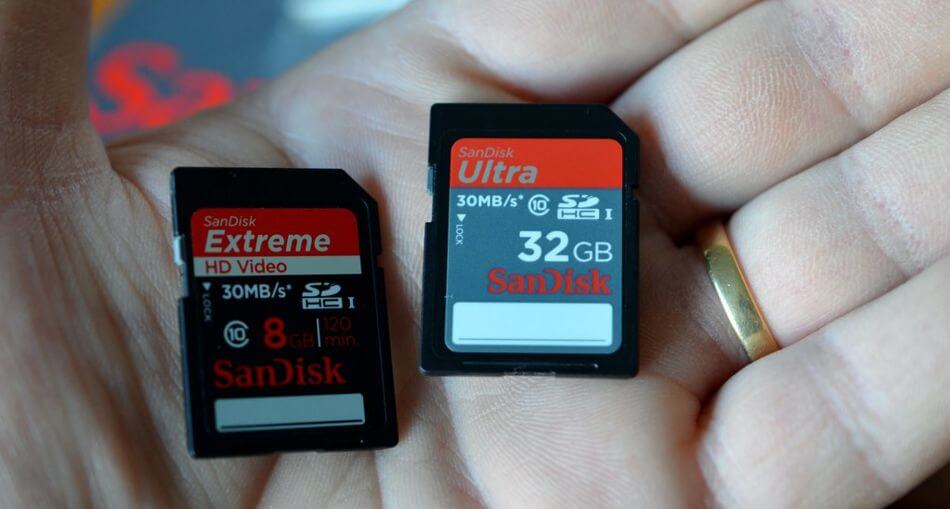
Considering how many photos you can snap with this amount, this is pretty much the basic amount of storage you’d need for a memory card. Suitable situations for this card would be if you’re on a weekend or day trip with a few photos being snapped over a short period.
2. Pictures 64GB memory card can Hold
For 30 MB RAW files, 2,184 photographs can be stored on a 64-gigabyte memory card. Naturally, as you might assume from the pattern, 7 MB JPG photos will hold at a higher amount of 9400 photographs.
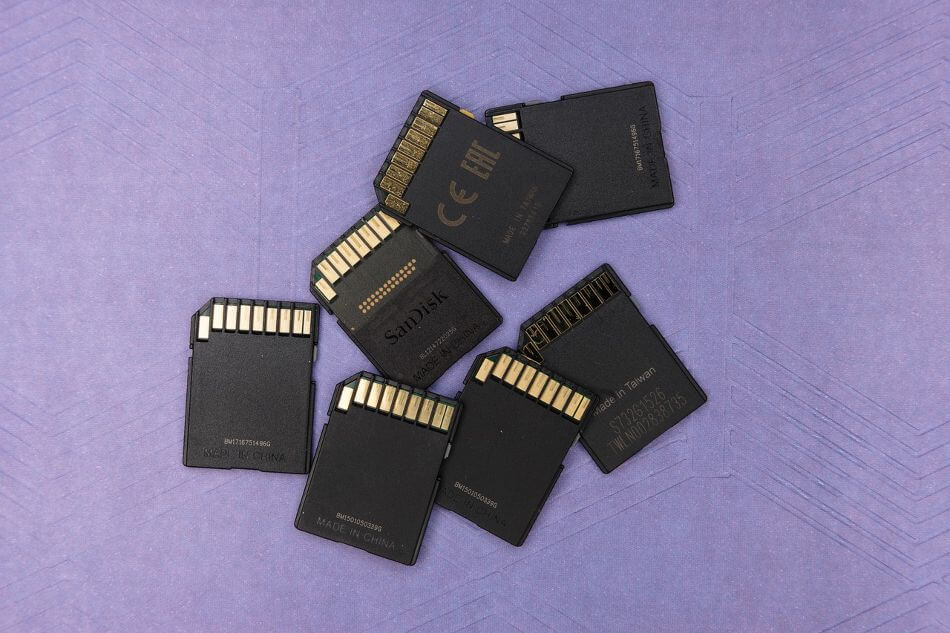
Consider this a setup as a safety for when you think you’re going to be taking more photos than usual. Perhaps longer trips or brief photoshoots would be the best situation for getting a memory card of this size.
3. Pictures 128GB memory card can Hold
By this point in the article, you should be sensing a pattern with how much the photos doubled. Under 128 GB, you can store 4,368 RAW photographs and 18,800 JPG photographs, given the respective sizes of 30 MB and 7 MB.
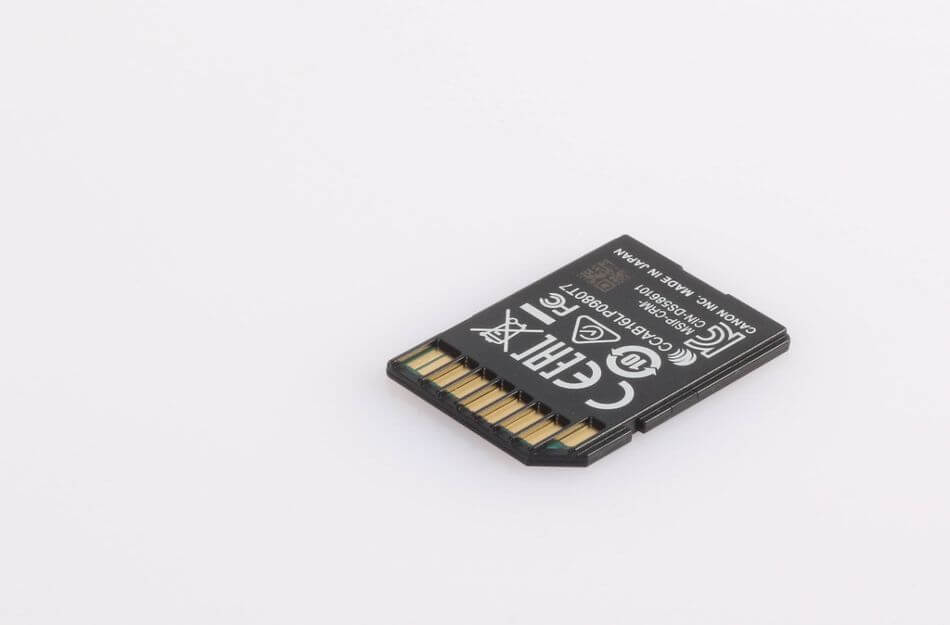
This is quite a big jump from the previous memory size, and we’re getting into more professional storage levels now. This level is perhaps best suited for new parents and professional photographers just starting with a desire to build up a portfolio.
4. Pictures 256GB memory card can Hold
We come to the highest level of memory at 256 GB. RAW photos store at 8,732 photographs at 30 MB and JPG photos at 37,600 pictures at 7 MB. This is the top level of memory cards, and it’s no surprise they’re the most expensive to invest in for photographers.
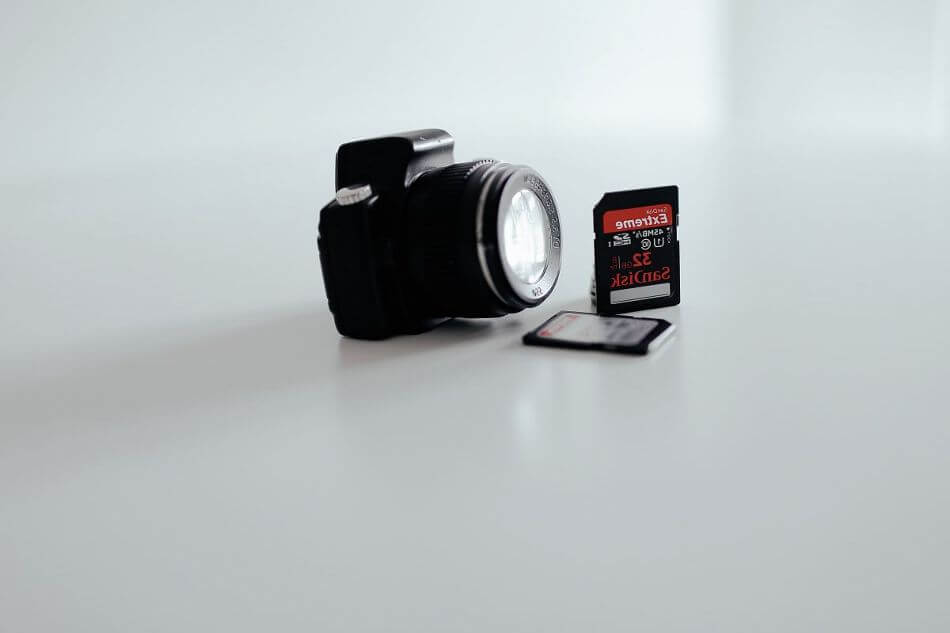
This level is, of course, best suited for professional photographers when there’s no such thing as too much memory storage. On a consumer level, it’s perhaps best suited for new parents who want one card to last them long or those taking an extended vacation where they want to capture absolutely everything at the moment.
Which memory card is right for you?
So now that you’re familiar with how many photos specific memory sizes can store, the next question that arises is which kind of memory card you should get. Many people just like to use the shorthand of referring to memory like SD cards, but there’s quite a bit of variance in this area.
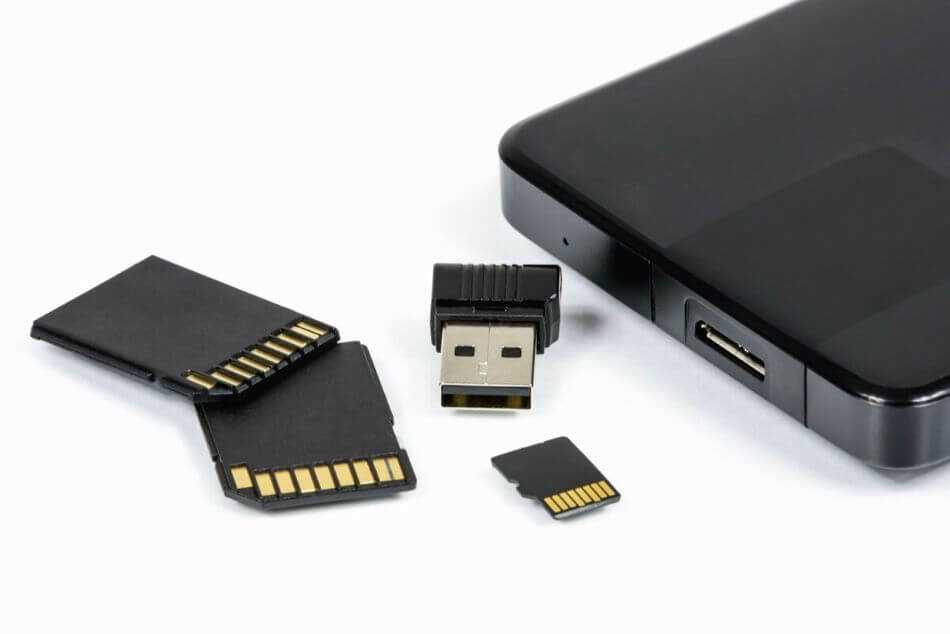
SD (secure digital) cards are the most common considering their small size. They work in most digital cameras and even have slots available on desktops, laptops, and even DVD players for easy access. For being so versatile, they’re generally considered the most consumer-friendly.
MicroSD cards are, of course, designed to be smaller and thus work in smaller devices. Some of the most common cameras that accept this form of memory storage are the more mobile devices, such as a GoPro, drone, or smartphone.
Given how MicroSD is pretty much a standard for mobile devices, you don’t have much choice in format. However, you should be aware that the smaller size also means there’s a heavier chance of data being corrupted or lost.
Finally, CF (compact flash) cards are some of the most significant memory cards on the market. These cards work with several professional-grade cameras, such as larger-sized digital cameras and digital SLRs. They’re also incredibly secure at preventing your photos from becoming corrupted.
The cards not only differ in formats and physical size but internal workings as well. A CF card can only go so high as accommodating for up to 512 GB of storage space, while both SD and MicroSD can support limits of 1 terabyte.
Speed is also a factor in how these cards store data and affect how many photos you can take in such a short amount of time. SD is the real winner in the department, considering it can read and write at 300 MB/s. It leaves the other formats in the dust as CF performs 155 MB/s while MicroSD can only process 100 MB/s.
Conclusion
The right card for you is determined by many factors, ranging from the intent of how many photos you want to snap to what kind of camera you’re using. A good rule of thumb is that there’s no such thing as too much storage and that it’s better not to have to worry about hitting a limit.
With all of these factors considered, it’s essential to keep photo storage in mind when buying a camera. For instance, having a MicroSD card for your phone might be nice, but it’s one of the least secure ways of ensuring your photos won’t be lost depending on what happens to your phone (and a lot can happen).
With all cards considered and you’re not exactly married to the idea of an SLR, it’s best to go for a camera that can support a high-capacity SD card. The cards are fast and reliable, not to mention the format can be easily read by various devices that support the input.
Frequently Asked Questions
If the average photo snapped is 5 megapixels, 1GB of storage can easily hold 595 photos. Since that megapixel range is the standard size of most photographs taken, this is the typical gigabyte needed for such storage. Of course, the memory ultimately depends on the size, so keep that in mind when choosing the storage level.
In terms of complete storage across all your devices, it’s generally recommended to have as much storage as possible if you take photos regularly. If you only find yourself taking a picture now and then for social media, willing to delete it once it’s posted, you can get away with the barebones of storage. When your photos are collected and saved in the 10K range, you’ll need to venture into triple-digit gigabytes.
Google offers 15GB of free storage. However, keep in mind that this space is for all your Google space, including Gmail and Google Drive. So if you already have a lot of emails in your inbox or documents in your Google Drive, it’s not advisable to use Google as a reliable locker for all your photos.
Assuming that your photos are not of the highest quality, it’s possible to store 1000 pictures on only 2GB of storage. Along those same lines, 6000 images at 4000×3000 pixels can be stored at 45GB. Naturally, if you’re taking more detailed photos, you’ll need more gigabytes and less if you’re shooting at lower quality.

Mark McPherson has been working as a video editor and content writer for over ten years. His background started in animation and video editing before shifting into the realm of web development. He also branched out into content writing for various online publications. Mark is an expert in video editing, content writing, and 2D/3D animation.
